Review by Arman Zarmehr
In this review, we will take a look at the remake of the beginning section of Alone in the Dark and find out if after decades, this franchise has managed to achieve relative stability or not.
I have always said that the Alone in the Dark franchise has had a reputation pretty much throughout its entire history, which has always been higher than the experience the series actually offered. As you may know, this series was very influential in shaping the principles and structures that were ultimately introduced in the first installment of RE under the name “Survival Horror”. But the reality is that this series has had many more lows than highs, and the reason for that is not being able to establish a consistent identity. For this reason, almost every installment was like a lab rat which was experimented on many times.
Now, years after the disaster of Alone in the Dark: Illumination, we see that THQ Nordic has given this IP another chance, which could possibly be the last one for this series to solidify its position. Pieces Interactive studio has returned to ground zero, meaning the first installment, to a version that perhaps can be said to be the only game in this series that truly displays the real identity of the franchise. And now, after experiencing this game to the fullest, I can confidently say that after about two decades, I finally managed to have an experience of Alone in the Dark that I enjoyed very much despite its problems.
Stuck in a troubled mind
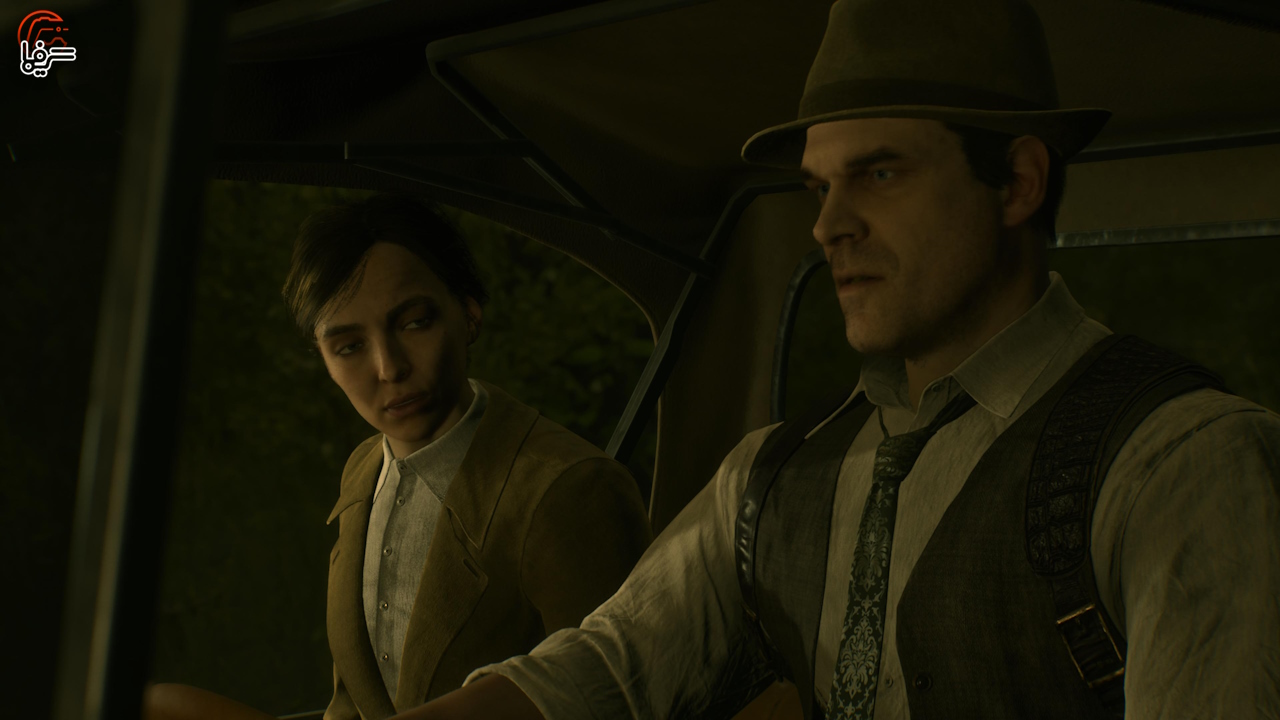
The original Alone In The Dark belongs to a time when storytelling in video games was often considered superficial and sometimes even insignificant for many developers. However, despite its simplistic narrative, the game managed to provide a very intriguing backdrop for other aspects of its experience. Regardless, besides some unique ideas, its story required a complete overhaul in the remake.
Fortunately, the developers have been able to do this in the best possible way, creating an engaging psychological narrative that can keep you engaged for hours. Thanks to its excellent writing, it consistently introduces interesting twists and turns to encourage you to keep going and look for answers.
The story of this game puts you in the roles of Edward Carnby and Emily Hartwood, as they venture into the Derceto mansion on the outskirts of New Orleans. Unlike the original game, this place has now become a dedicated space for individuals struggling with psychological issues. You might think to yourself, “Well, this sounds like a psychiatric ward, why tell such a story?” But trust me, Derceto is far from being just a psychiatric ward.
Edward is a detective hired by Emily to accompany her on her journey to Derceto. After receiving a mysterious letter from her uncle Jeremy, Emily believes he might be in trouble and wants to quickly get him out of Derceto. However, shortly after entering the mansion, they realize he has disappeared in a strange way!
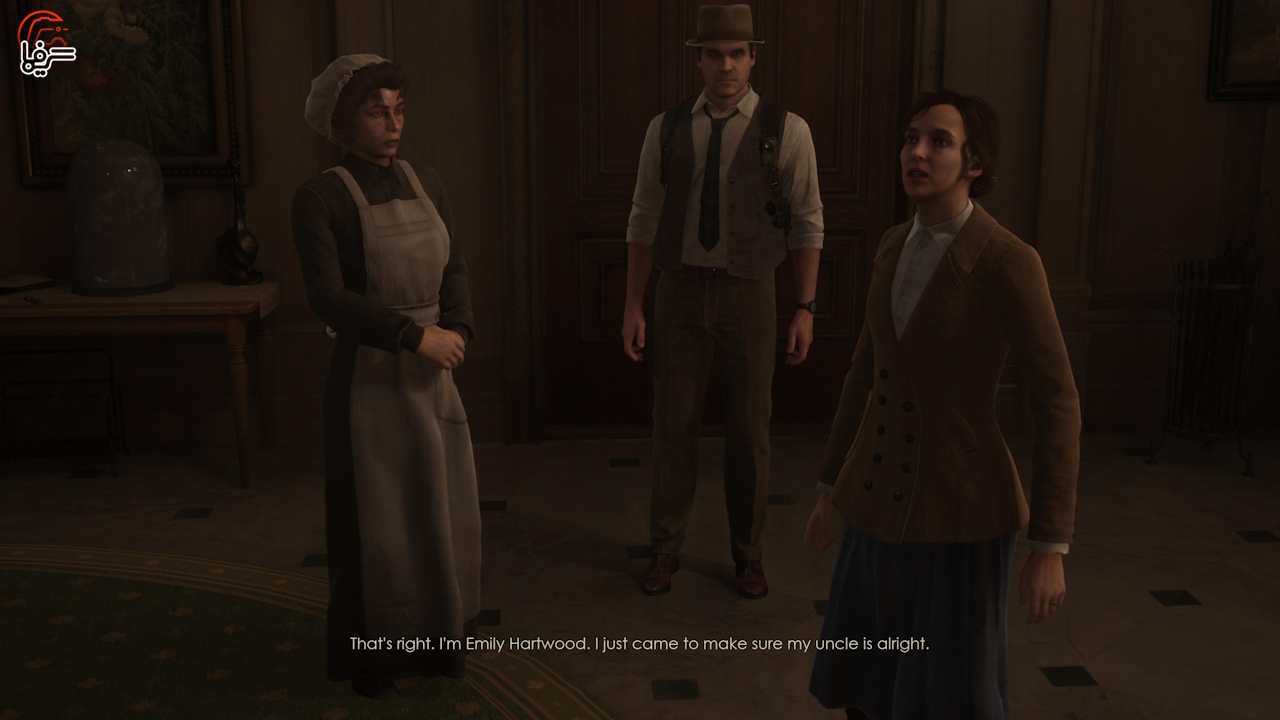
When these two arrive at the mansion, the game allows you to choose one for your gameplay experience, and by selecting each one, you will face a completely distinct narrative. One of the narrative aspects inherited from the original game to this game is this distinct storytelling between the characters, and the writers have managed this issue very well.
What sets the dual narrative of Alone In The Dark apart from games like RE2 is that the storylines do not progress in parallel; instead, each presents the overall theme of the game from the perspective of one of the two characters separately. So, choosing one of the characters turns the other character into a secondary character in that storyline, who may not necessarily see the same things you see and pursues their own main goal.
As I mentioned, Edward Carnby is a detective, and this generally sets the tone for his interaction with the residents of Derceto and his involvement in the overall story. Throughout most of the series, being a “detective” was an underutilized and often superficial aspect that did not necessarily pursue any other goal beyond being a title or it was lazily used, but now in this remake, we see a logical and extensive utilization of this aspect in the narrative dimensions for this character, which overall, adds a very intriguing noir theme to his storyline.
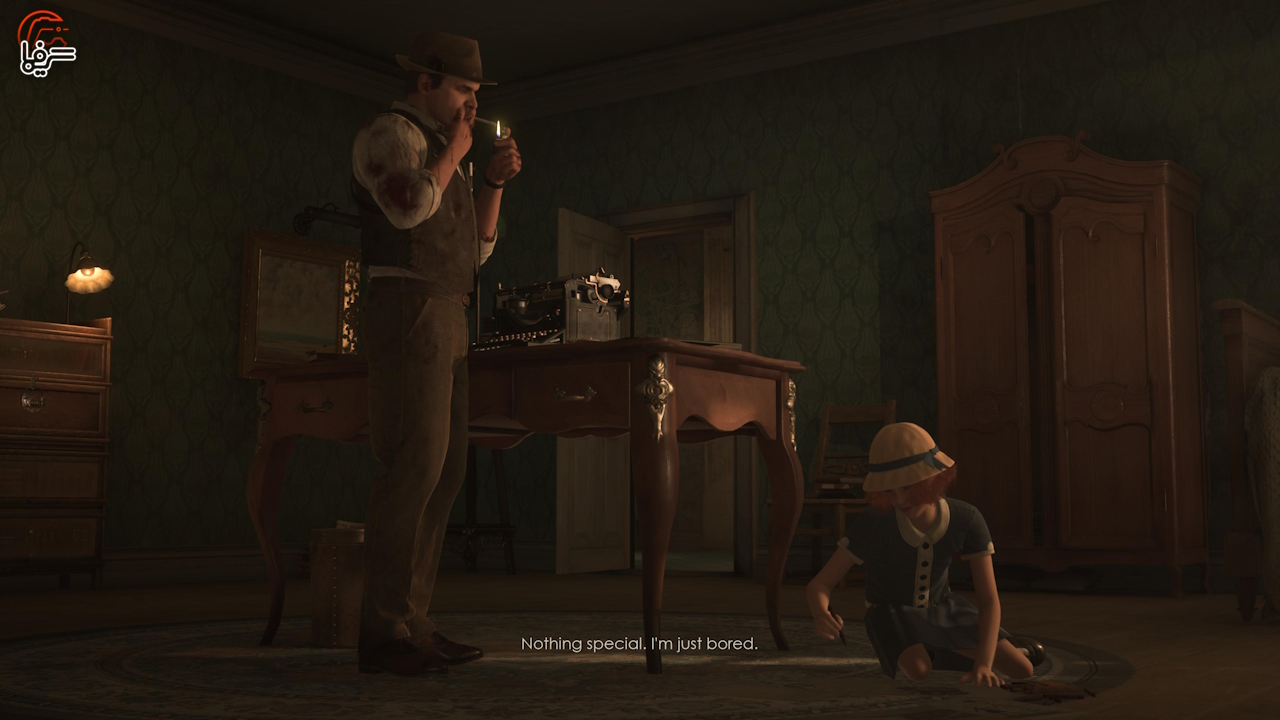
Edward’s character actually portrays a detective whose goal is to uncover the mysteries of Derceto and, ultimately, find Jeremy. However, the deeper he delves into this puzzle, the more he finds himself entangled in events that blur the line between reality and imagination.
On the other hand, in Emily’s storyline, you deal with the same theme, but the progression, understanding, and connection with it are generally different. As a result, we see completely different dialogues and interactions with the residents of this mansion and sometimes different cutscenes with characters who do not play a role in the other storyline at that point in the game.
The residents of Derceto are also a new part of the story of this game compared to the original work, bringing a very appropriate dose of mystery to the overall narrative of the game, each with very distinct features. Also, the characterization of these characters can vary depending on the main character chosen in that storyline and can even become involved in very interesting twists. For example, Ruth symbolizes a carefree and aristocratic girl, while McCarthy appears as a libertine person.
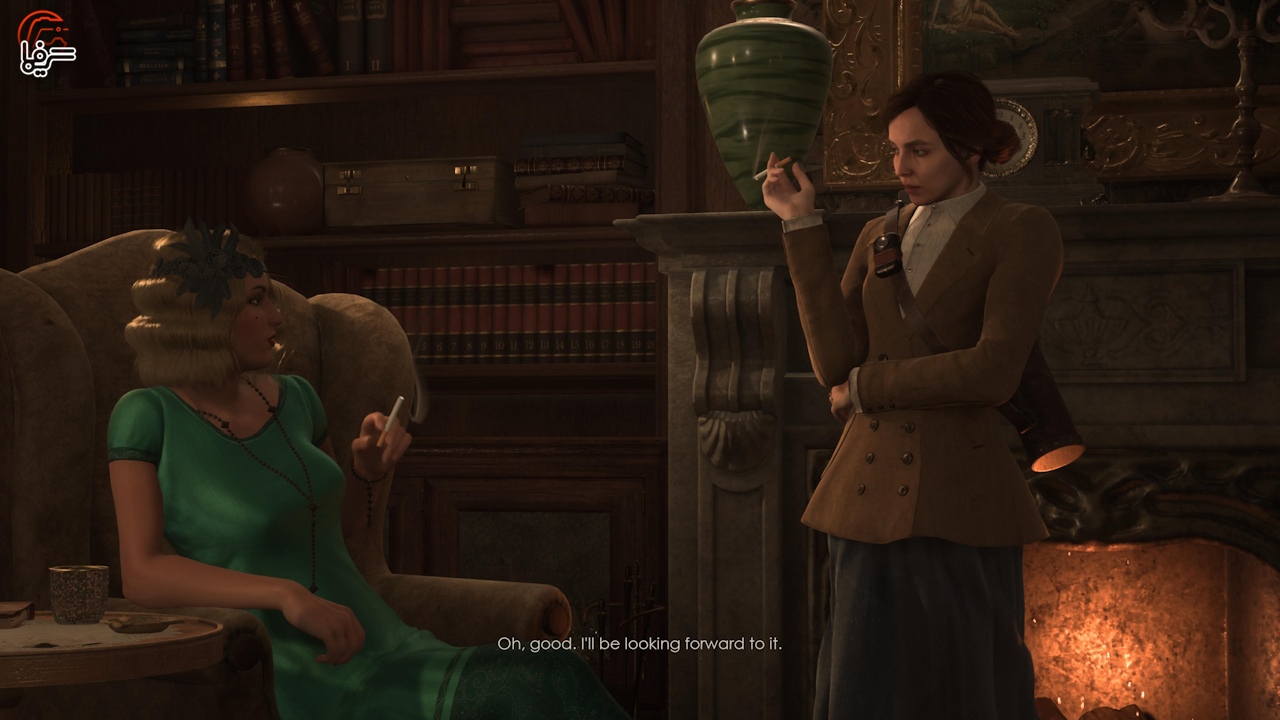
A very good decision by the developers regarding these characters is that you don’t always encounter them in Derceto, which helps maintain the secluded atmosphere of this mansion very well. Also, whenever you do come across them, you feel more isolated because each of them conveys a very mysterious, strange, and unsettling feeling to you. On the other hand, the Lovecraftian style of the original game is also very apparent in the storytelling and even in the overall atmosphere of this work, demonstrating that despite extensive changes (which are necessary for this game), the developers have stayed true to the essence of the original title.
The characterization of the two protagonists of the game, especially Edward, is also done excellently and realistically. As you progress through his story, you will constantly feel the increasing psychological pressure on him, and thanks to David Harbour’s very good performance in the role of this character, I personally found it easy to relate to him and thoroughly enjoyed his storyline. Emily also has a decent characterization, but she comes off as much drier than Edward, and unfortunately, this is related to Jodie Comer’s not-so-interesting performance in bringing this character to life.
Ultimately, if I were to describe the overall dynamic of the storytelling and narrative of this game for you, I would say that you are experiencing the same nightmare from two completely different perspectives with various concepts that ultimately converge and complete the overall narrative concept of the game.
A true detective in a horrifying mansion
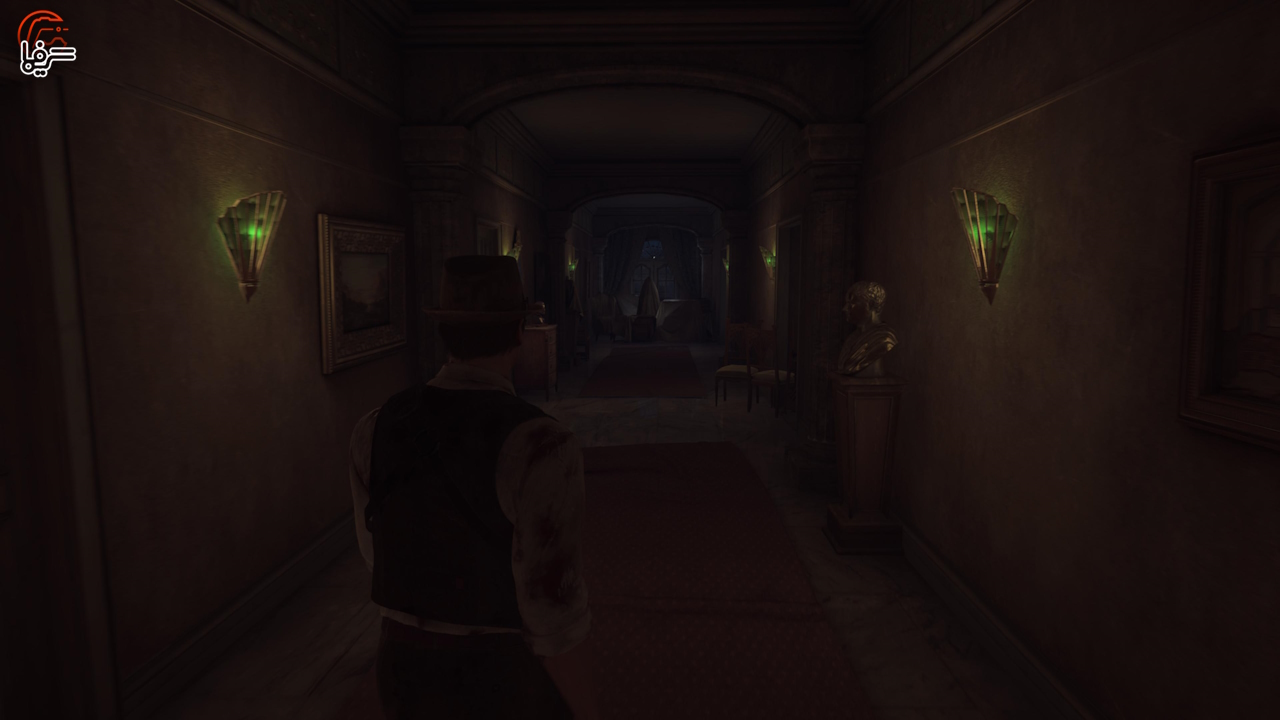
The gameplay of Alone in the Dark in some aspects of its survival horror elements is among the hardest I’ve seen in modern titles of this genre, and its most important elements are puzzles, riddles, and exploration, which essentially form the core of this gameplay and relegate combat to a secondary role, much like many classic games of this genre. This aspect personally delighted me greatly.
Let me first tell you about the game’s progression so you can better understand how it works; in this game, you’re faced with a classic survival horror experience, in which a significant portion of your time is spent exploring the game environment, finding key items, and solving puzzles to progress. In this regard, the game initially offers you two modes: Modern and Old School. As their names suggest, these two modes determine the approach to puzzles and exploration.
The Modern mode, much like modern horror titles, assists you to a much greater extent, highlighting important clues and providing guidance. On the other hand, the Old School mode operates exactly like classic titles of this genre, providing a pure survival horror experience that gives you complete freedom and demands precision, attention to detail, critical thinking, and effort for progress in the game. Now it’s up to you to analyze the clues, extract key points, and find your way forward.
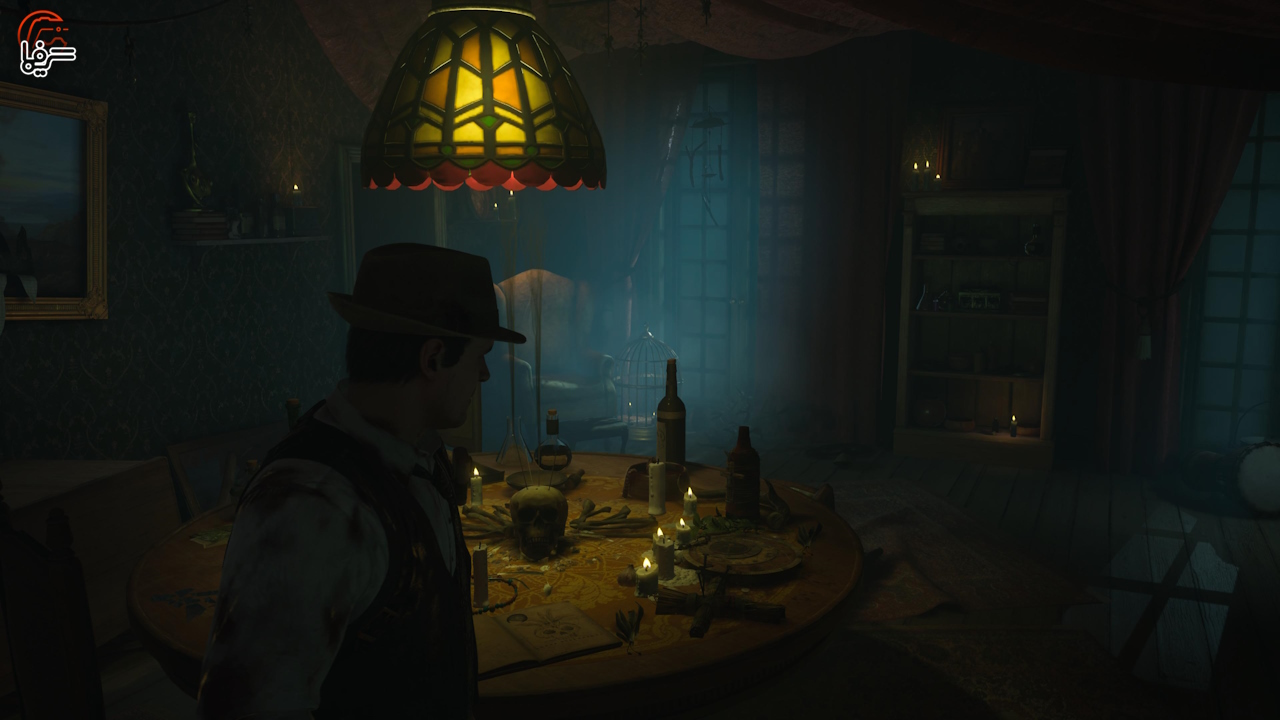
I personally chose the Old School mode and started my first playthrough with Edward, and I feel this character embodies the objectives of the game, which are centered around delivering a true survival horror experience, in the best possible way. As you explore Derceto mansion, you consistently find various texts in the form of clues or lore. Since you’re playing as a detective, this process feels very natural. These clues sometimes provide a bit of the game’s lore and shed light on Derceto’s past, while in other cases, they contain at least one or two clues that either guide you towards a location or are part of a puzzle-solving process.
The developers’ approach to this aspect is quite fascinating. Instead of relying on supernatural mechanisms or giving special abilities to the character of Edward, which sometimes simplifies the process of analyzing clues (similar to the Profiling mechanism in Alan Wake 2), introducing these elements and clues into the game moment by moment turns the player into the primary detective. It’s the player’s attentiveness, keen observation, and performance that ultimately determine the character’s effectiveness as a detective.
Moreover, with a bit of exploration in Derceto, you can also find the map of the mansion, which in the Old School mode only shows general details and lacks any guidance or objective markers. This allows you to navigate towards your next objective based solely on your understanding of the map and the clues you’ve gathered.
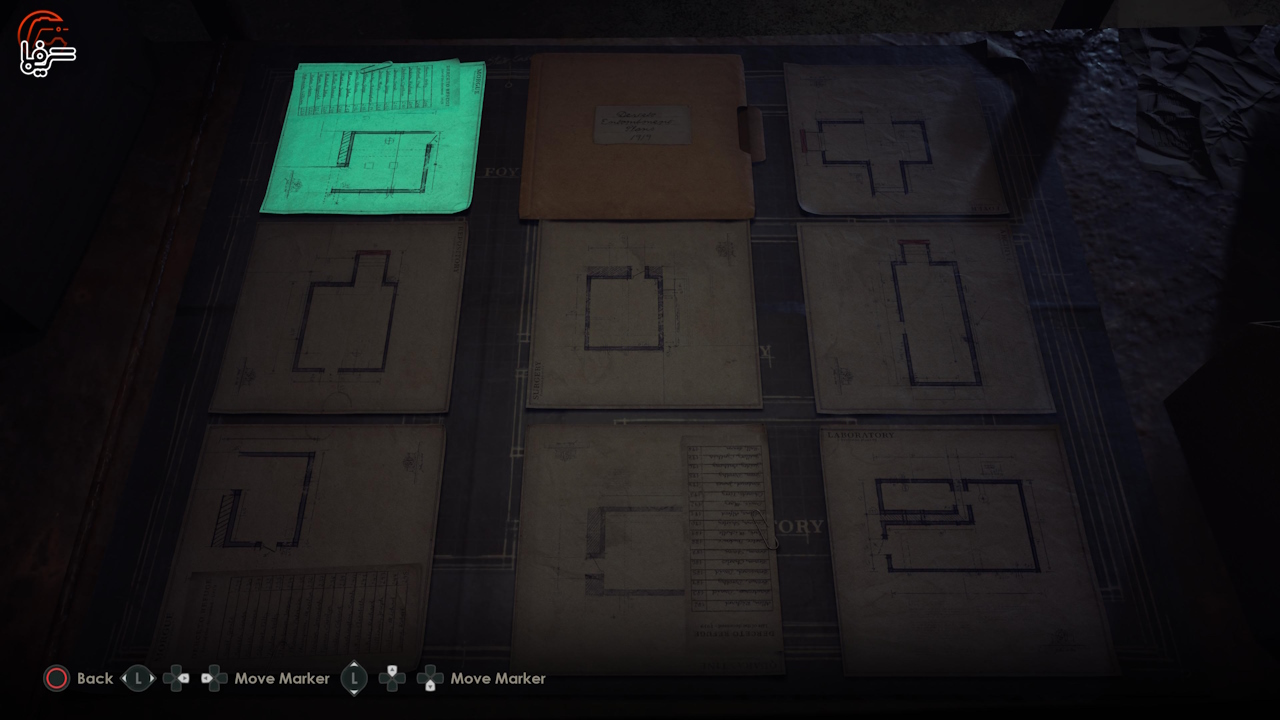
Overall, the game heavily emphasizes environmental exploration, backtracking, numerous back-and-forth movements within the environment, and puzzle-solving, which personally, I fell in love with because it’s been a while since I’ve seen an independent title focus so much on these aspects in the survival horror genre. If you’re into hardcore survival horror experiences and engaging puzzles, this game can definitely fulfill this need to a great extent.
The puzzles and their design are very well done, and there is a wide range of them in this game; from relatively simple puzzles to ones that truly make you scratch your head and spend several minutes figuring out the solution and how to approach them.
This trend also applies to Emily, as despite the overall story and narrative being different between the two playable characters, in terms of the general progression, passing through the game’s chapters and puzzles, about 60% of the content is similar to each other, albeit with very minor changes that somewhat become a problem in my opinion. If you remember Resident Evil 2, while Leon and Claire sometimes encountered similar locations or puzzles, the game balanced this well by twisting most of them to distinguish them effectively.
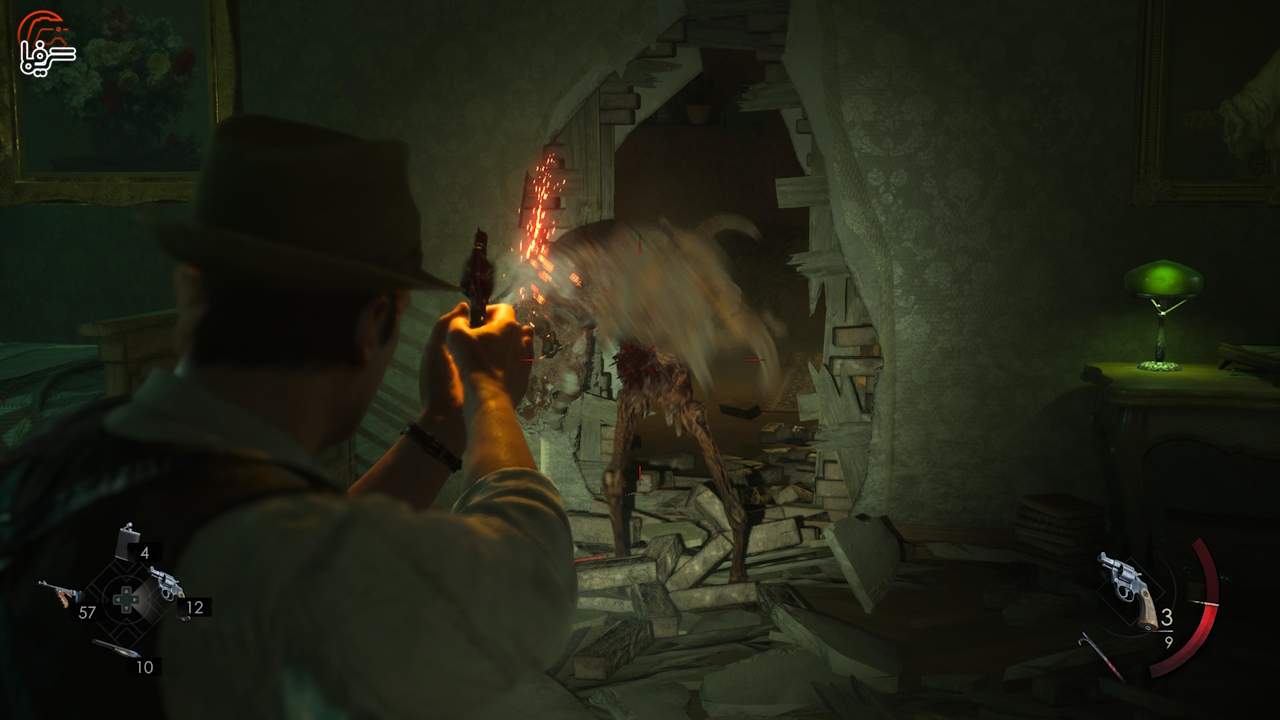
If you complete the first run of Alone in the Dark and move on to the second run, you’ll find that almost all the common sections between the two storylines are the same, accompanied by very minor changes that won’t challenge you much. Therefore, due to being aware of the puzzles, the enjoyment of solving them and exploring the environment is significantly weakened. However, each character has their own unique story sections, environments, and puzzles, but unfortunately, in terms of quantity, these elements cannot create a balance in the level of new challenges in the second playthrough.
However, if I were to evaluate the overall process, I must say that even with the repetitive nature of some parts in the second playthrough, you still encounter several hours of engaging puzzles, mysteries, and exploration in the horrifying Derceto mansion.
Now, let’s talk about the game’s combat system, a part of the game that, frankly speaking, wasn’t as exciting in trailers. In this game, you’ll have access to three firearms and a wide range of melee weapons to help you survive against the monsters. The performance of the firearms, their sound effects, and the impact felt from firing them are better than I expected. While it doesn’t quite reach the shooting system of RE titles, it still provides satisfying feedback and impact, especially with the handguns of the characters. Personally, I enjoyed shooting with these weapons, especially the characters’ handguns, and the enemies show relatively appropriate reactions to your shots without necessarily feeling spongy.

While the number of firearms in this survival horror title is adequate, unfortunately, their variety between the two playable characters isn’t particularly captivating. Unfortunately, the only differing firearm between the two characters is their handguns, and apart from that, there is no other distinction between them. Additionally, as I mentioned, a wide range of melee weapons is presented to you throughout the experience, which, although they break after a while, can generally be very effective. However, unfortunately, using them doesn’t come with a particular sense of enjoyment because these weapons and their corresponding animation of striking lack both weight and proper impact and feedback.
For me, the combat section in a survival horror experience always comes second or even third because, in my view, these games should complete and implement much more important aspects, and fortunately, Alone In The Dark has handled the implementation of some of the most crucial dimensions of a survival horror experience well. The game’s puzzles are engaging and challenging, and in this regard, the progression process in the game, exploring the environment, and finding clues and new items evoke a very smooth, meaningful, and enjoyable feeling.
The shooting system of the game is acceptable, and the firearms, their weight, and especially their sound effects have been well designed and implemented. Ultimately, in the hand-to-hand combat section with firearms, the game’s combat system loses its weight altogether. However, since combat constitutes a relatively smaller portion of the overall experience, I believe that the positives easily outweigh the negatives in this section.
The combination of noir atmosphere and Lovecraftian elements
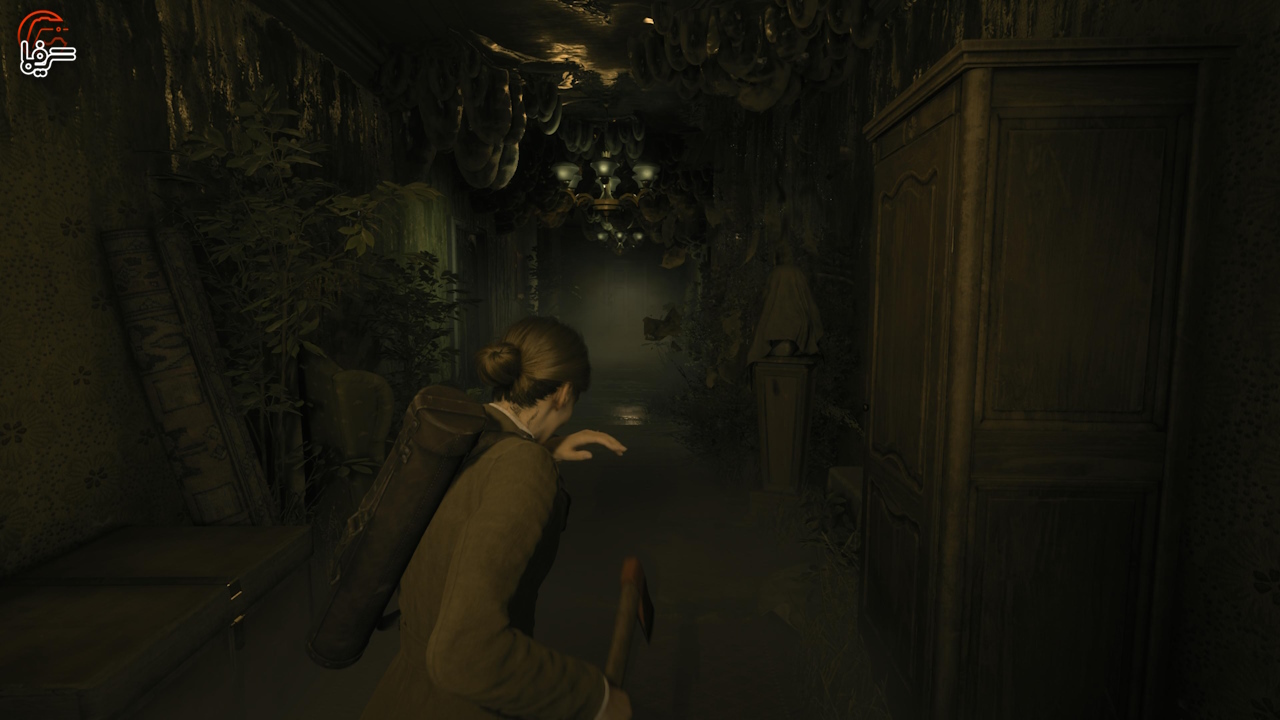
And now we come to another aspect of this game that is considered one of its strengths, and that is its world-building. The overall design of the Derceto mansion is very well done, and throughout the experience of this game, I always enjoyed exploring its different sections and uncovering its secrets. The creators have successfully implemented an intriguing noir theme onto the overall atmosphere of this work, injecting it with a mysterious and detective-like vibe to some extent. This aspect is very captivating and unique, but on the other hand, the noir theme is blended with a Lovecraftian demonic atmosphere, creating a truly excellent combination.
The architectural design of this mansion is also well executed and serves as an excellent complement to the exploration theme, engaging you entirely and gradually opening its doors to you. However, Derceto is not the only environment you will encounter throughout this experience, unlike the original game, as we are now facing a psychological horror that constantly takes you from the heart of Derceto into the depths of another person’s psyche.
The design of the various stages and environments of the game is very distinct, providing a decent variety to the overall gameplay. From the misty streets and dark alleys of New Orleans to the eerie swamps and tangled forests around, each is well-designed and detailed, effectively altering and setting the atmosphere of the game according to the narrative logic.

The music and soundtrack of this game are highly aligned and consistent with the atmosphere and world-building, always enhancing it, which is one of the prominent strengths of this game. The mysterious 20th-century music style of this work, which has a great harmony with the noir style of that era in New Orleans, is excellently blended with the flow of the gameplay and even occasionally adds a cinematic feel to it.
Since I experienced this game on the PS5 console, it is worth mentioning that this game offers two graphical modes: Quality and Performance. In Quality mode, there are denser shadows and textures, but at the same time, the game’s frame rate is locked at 30. However, in Performance mode, which I used throughout my experience, there is still good graphical and visual details while increasing the frame rate to 60.
Throughout my several hours of playing, I experienced a good stability in terms of frame rate in this mode, indicating appropriate optimization of the game. However, it’s worth mentioning that there were some freezes with considerable intervals, which the developers were aware of and announced that these issues would be addressed in the day one update.
The game’s support for Persian subtitles and UI
But before we move on from these topics, it’s worth mentioning one of the very amazing features of this game, which has also been available in other THQ Nordic titles in the past, including Darksiders 3, is the support for Persian subtitles and texts! This game is an experience that heavily relies on good language skills for comprehension, puzzle-solving, and progression. Thanks to the presence of Persian language support, people who may not necessarily have a good command of the English language can at least understand and experience the textual aspects of the game.
Now, let’s delve a bit into the visual graphics department and character motion capture discussions; generally, Alone In The Dark boasts commendable visual graphics, and the characters also have well-designed features and details. Additionally, the lighting in this game is excellent, and this is felt more than ever during nighttime in Derceto mansion when the moonlight gently illuminates the environment and significantly contributes to the atmosphere becoming more intense. On the other hand, attention has been paid to details, such as the effects of getting hit; as an example, your character becomes more and more injured, and their clothes get dirtier.
Regarding motion capture, thanks to David Harbour’s very good performance, the character of Edward Carnby appears very realistic, to the extent that the various emotions of this character are well conveyed and understood through his facial expressions. However, again, the character of Emily has some issues in this regard, and throughout most of the game, her facial movements seem very dry and lifeless, and when this issue is combined with her emotionless voice acting, it doesn’t make for such an interesting combination.

But finally, we come to one of my biggest issues with this game, and that is its enemy and monster designs; the monster design in Alone in the Dark is by no means appealing or memorable, and this issue somewhat shocked me because the original game was successful in creating some distinct and interesting monsters, some of which are still memorable to me. However, it seems that the developers have discarded all previous designs and decided to create new monsters based on the style of the remake, which I believe they have failed.
One of the biggest issues with the enemy design in this game is the absence of different colors to create visual depth! All of these monsters have dark colors, which in 90% of the time, due to the darkness of the environment, I couldn’t even tell what I was looking at. As a result, these monsters quickly lost their impact on me. However, the enemies in the game are not facing a problem in terms of functional diversity and appear relatively distinct, but it’s really regrettable that their visual design is so one-dimensional and forgettable.
The verdict
The remake of Alone In The Dark is a step forward for this franchise over the past two decades. Despite the game’s numerous flaws, it has done many things right and sometimes even manages to abide more closely by the principles of this genre than its predecessors, which is commendable. Interesting and challenging puzzles alongside extensive exploration and numerous backtracking sequences create a smooth and engaging gameplay experience.
Additionally, great writing, captivating storytelling, complemented by distinct world-building and atmosphere, along with excellent music and solid voice acting from many voice actors, including David Harbour, all contribute to making this game a memorable survival/horror and psychological thriller, despite struggling or showing weaknesses in certain aspects such as the combat system or enemy design. If you approach this game with reasonable expectations, you’ll be met with a classic and engaging survival horror experience.
Pros:
|
Cons:
|
8/10
This game was experienced and reviewed on the PS5, using the code provided by the publisher (THQ Nordic).


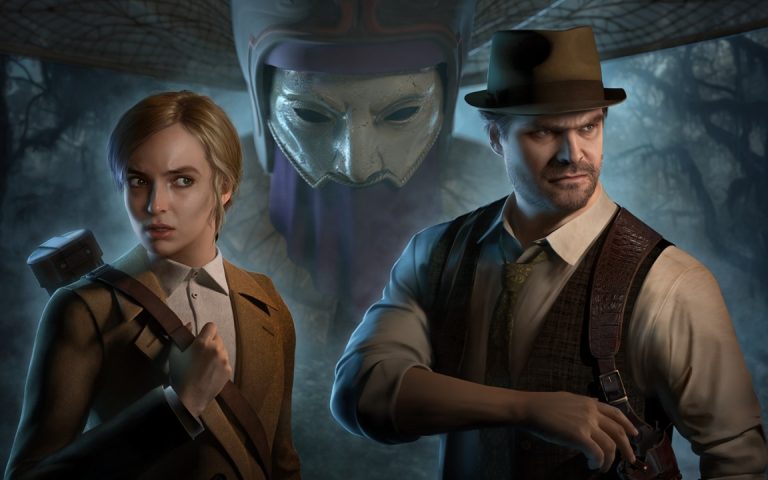
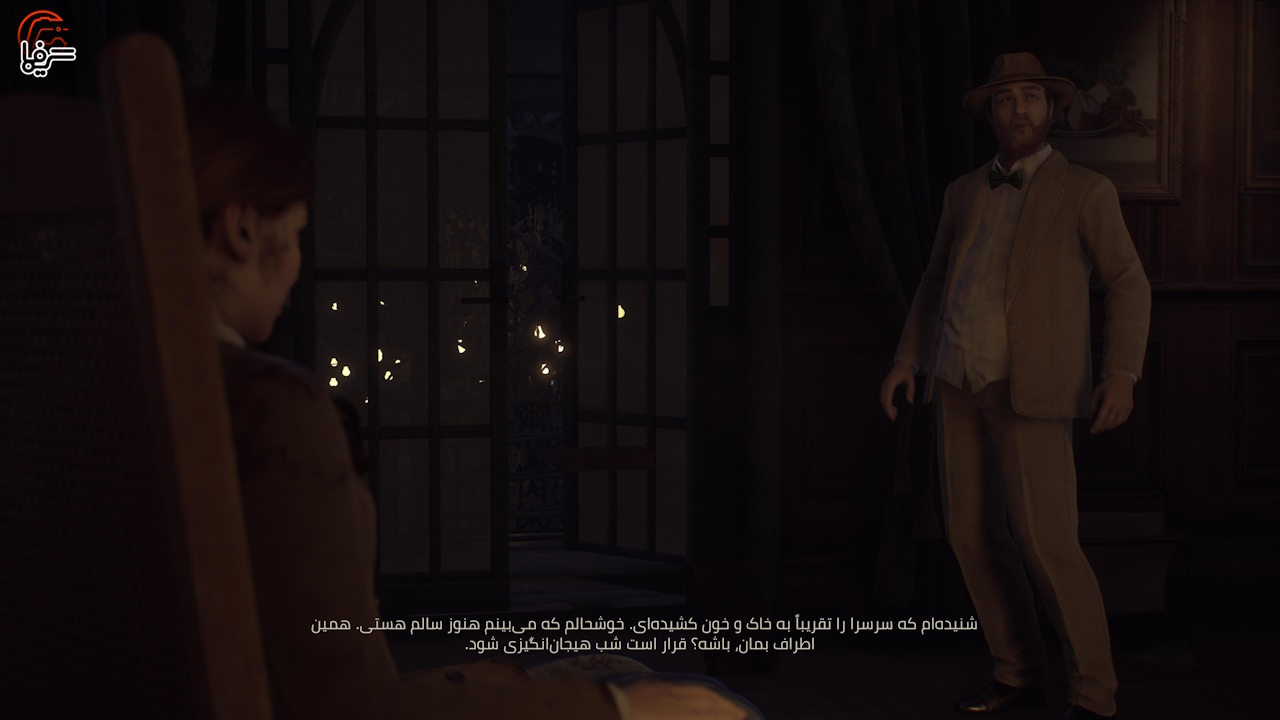
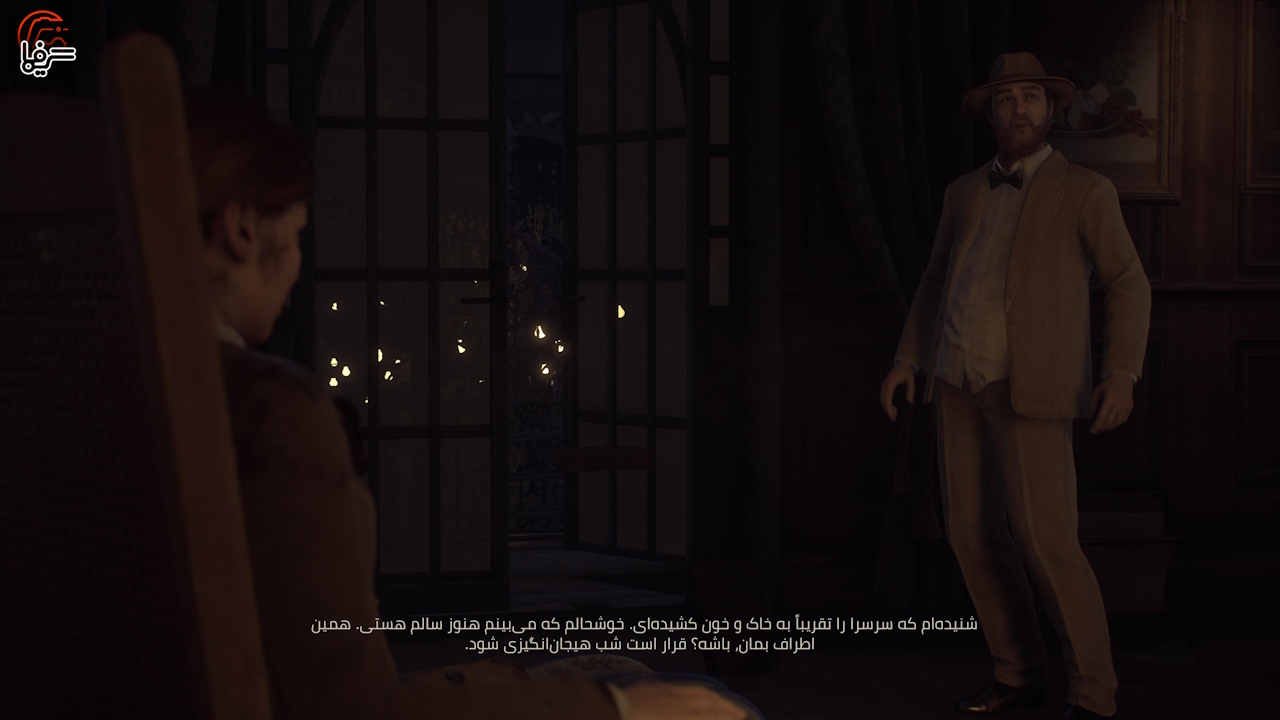
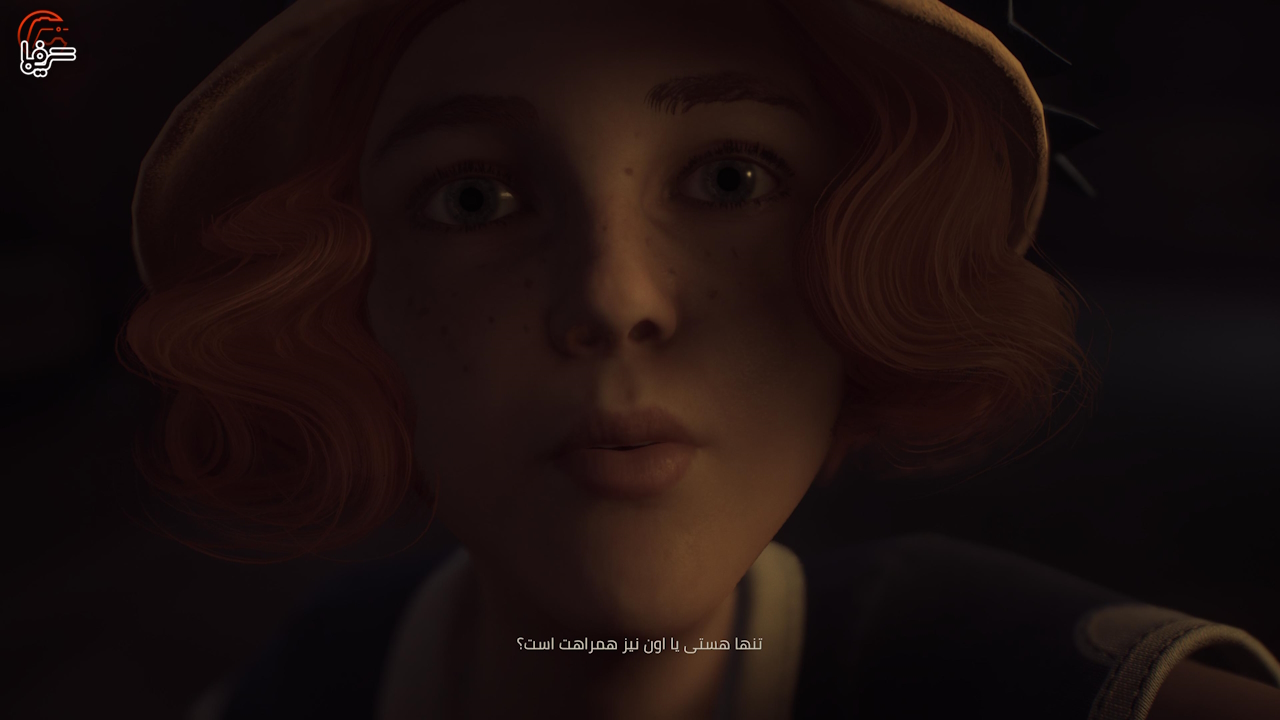
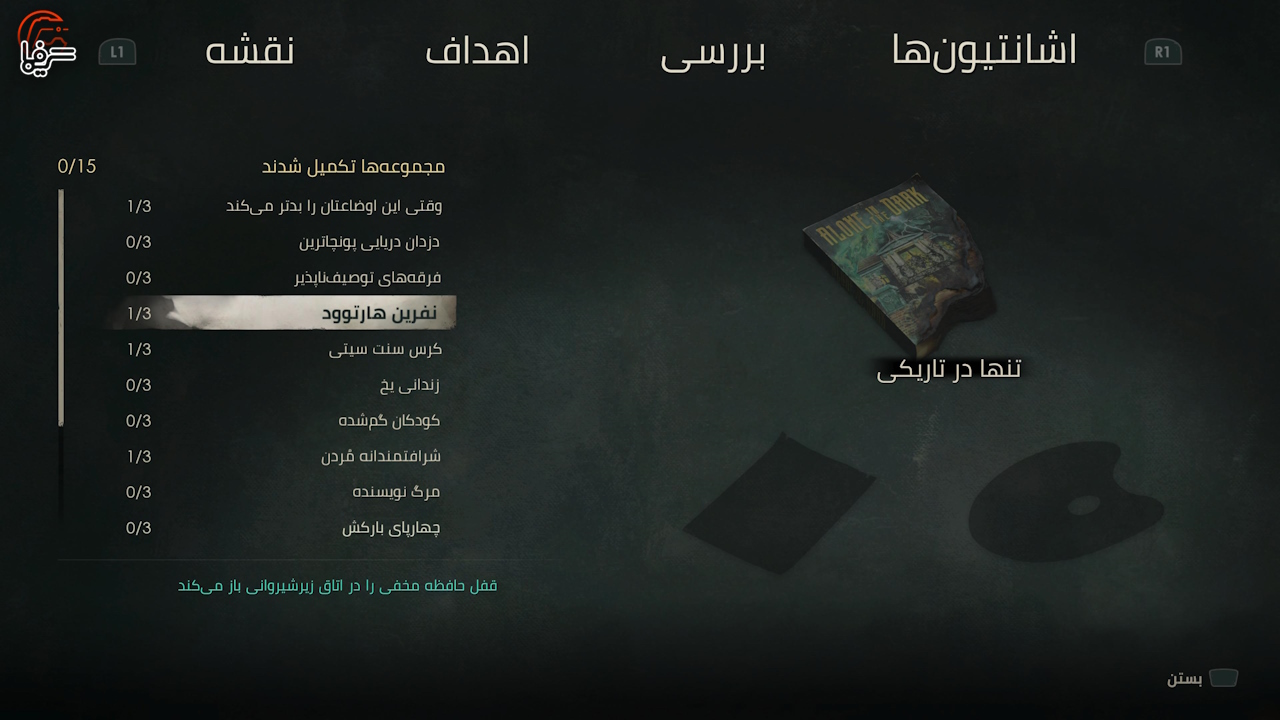
Comments